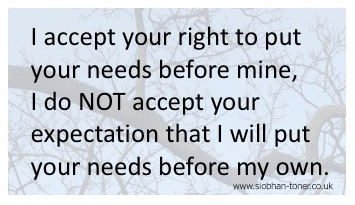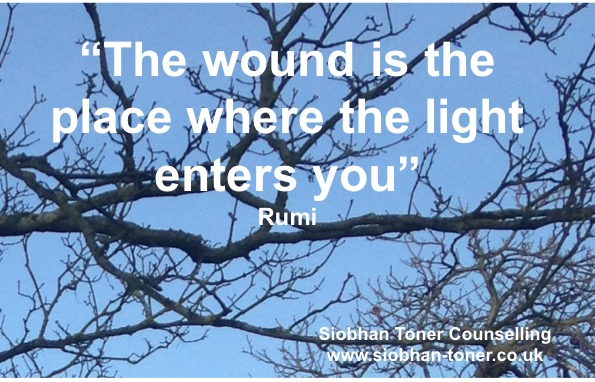Did you know anxiety is the most commonly searched for word in counselling? Yes, even more than depression. Anxiety is defined as a felling of unease which can range from mild to severe, it can include feelings of fear and worry as well as physical responses.
You may not realise that there are a number of different forms anxiety takes as well, some people will suffer from more than one. The following is a very simple summary of the main forms but if you want more detailed information there is loads out there to research. Over the next few weeks I’m going to go into more detail on some of them, what it’s like to have, what other people might find useful to know and how counselling can help.
Generalised Anxiety Disorder
Generalised Anxiety Disorder (GAD) is worrying excessively and often irrationally about events or activities. People who get defined as “worriers” without a specific issue may well be suffering from this. Its overthinking every situation and possible outcome, no matter how extreme.
Social Anxiety
Social Phobia is really focused on interactions with other people and worrying about what they think of you. It can lead to planning conversations and then analysing them afterwards. It can be minimised as shyness, but at its roots are very low self esteem.
Panic Disorder
Panic Disorder is having panic attacks regularly and maybe for no apparent reason. This may include physical symptoms such as nausea, sweating, palpitations of the heart and trembling. It can be incredibly distressing to experience and hard for other people to witness.
Agoraphobia
Agoraphobia is commonly thought of as being scared of leaving home. It can be more complex than that and it is linked to feelings of being unsafe so some people may be ok in a car but not on a bus or able to visit a corner shop but not a big shopping centre. Being in the places that are perceived as unsafe can mean the sufferer experiences a panic attack.
Phobias can also be associated with panic attacks which may be brought on my encounters with a specific object or situation. These can be animals, a place or situation such as heights or flying, blood or injury or something like a clown.
Post-Traumatic Stress Disorder
Post-Traumatic Stress Disorder (PTSD) is caused by a very distressing or frightening event. It’s symptoms can include nightmares and flashback. It is now well know that military personal can experience it after being in war zones but it is also very common with civilians. Abuse, robbery, road accidents and even natural disasters can be some of the events that cause it and the symptoms may not appear for several years.
It also is very common in those who have suffered abusive childhoods. There is a separate category called complex PTSD for this when people have experienced repeated traumatising events.
Obsessive-Complusive Disorder
Obsessive-Compulsive Disorder (OCD) does get shown quite a lot in media now so you may have an idea of what it is, rituals and repetitive behaviour such as hand washing. What you may not be aware of is the obsessive thoughts/images aspect that some suffers experience and the fact that they may NEVER have the sort of behaviour that you might assume would happen. Hoarding also comes under OCD and the need for symmetry and order.



